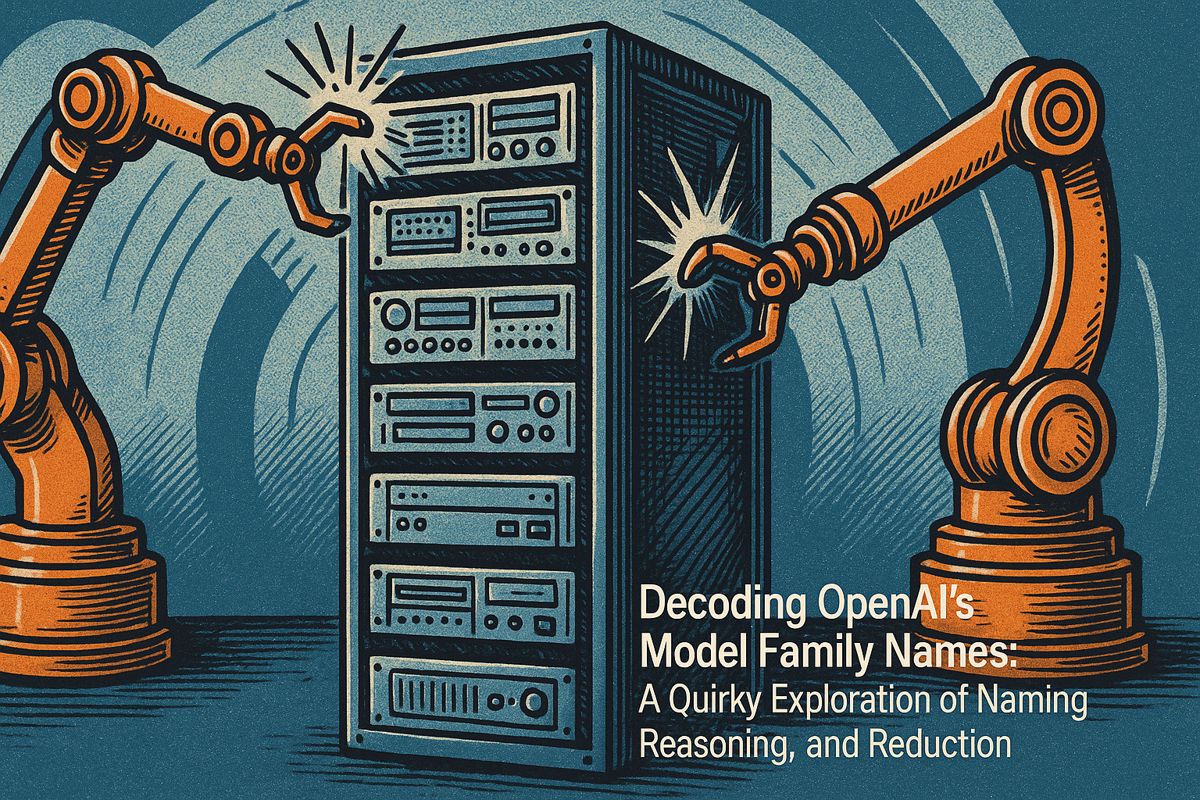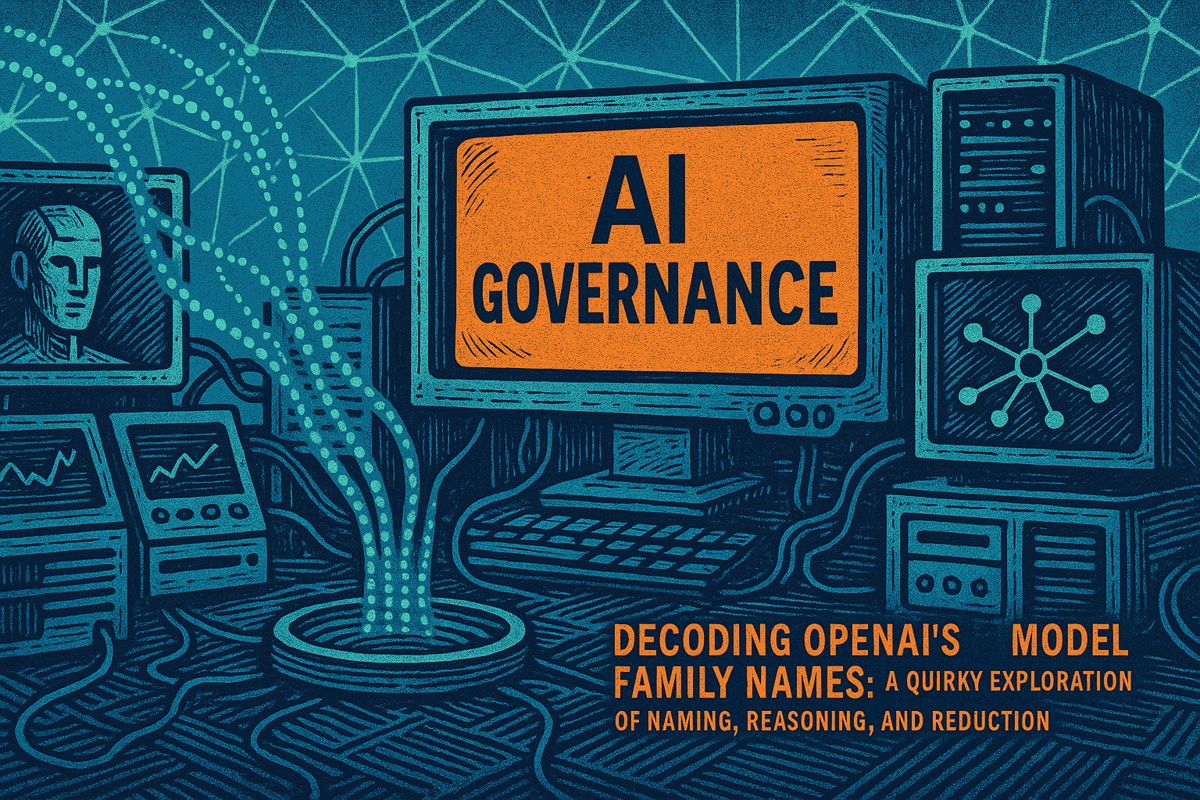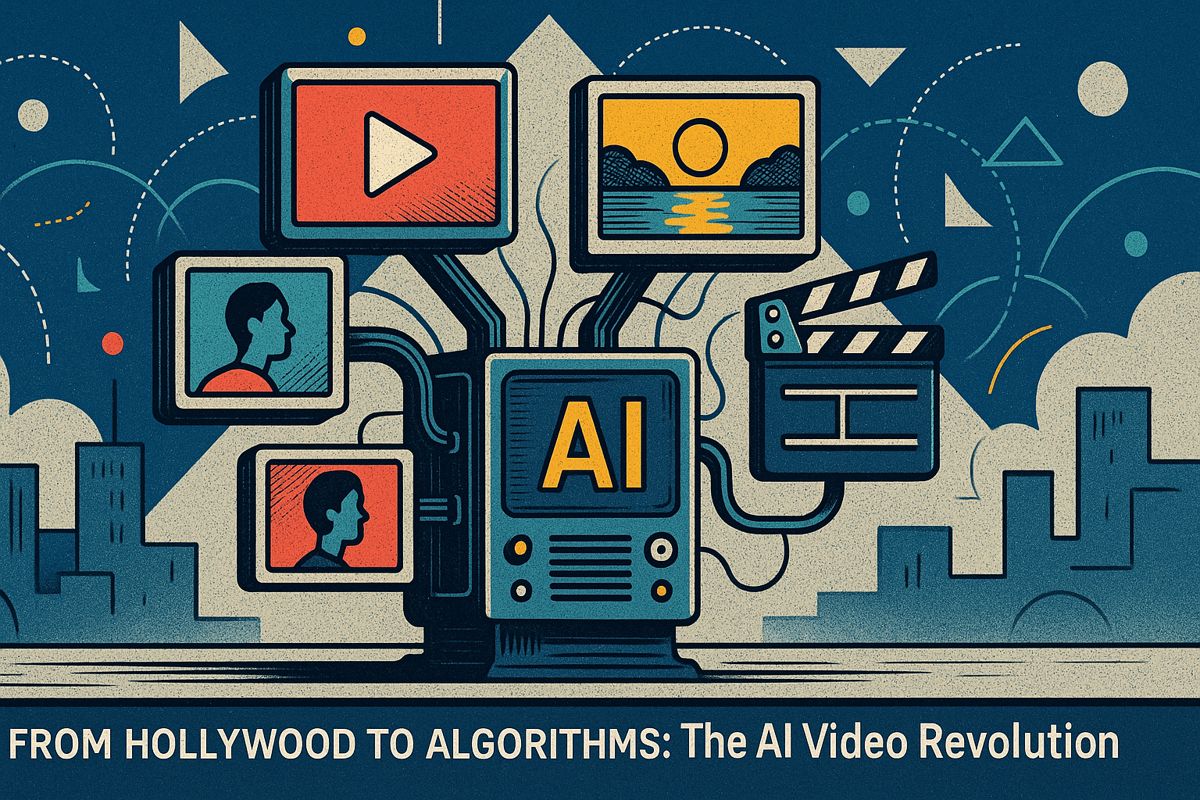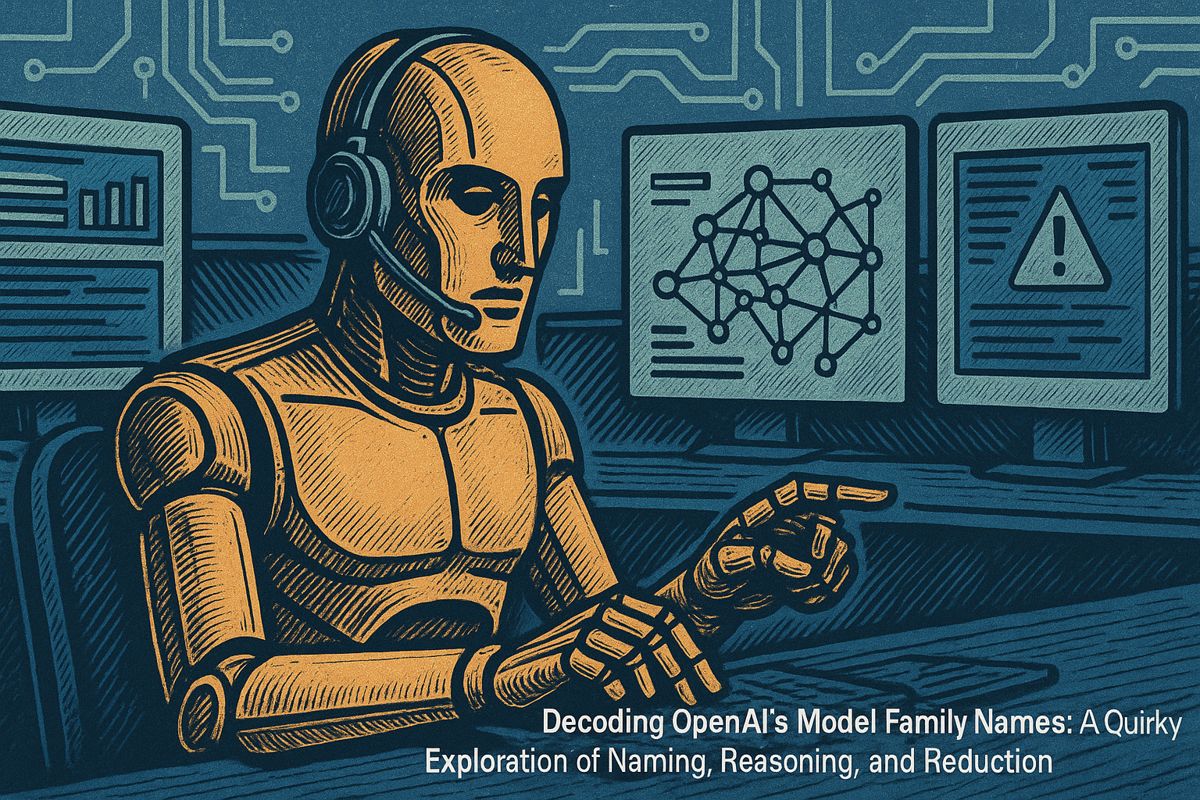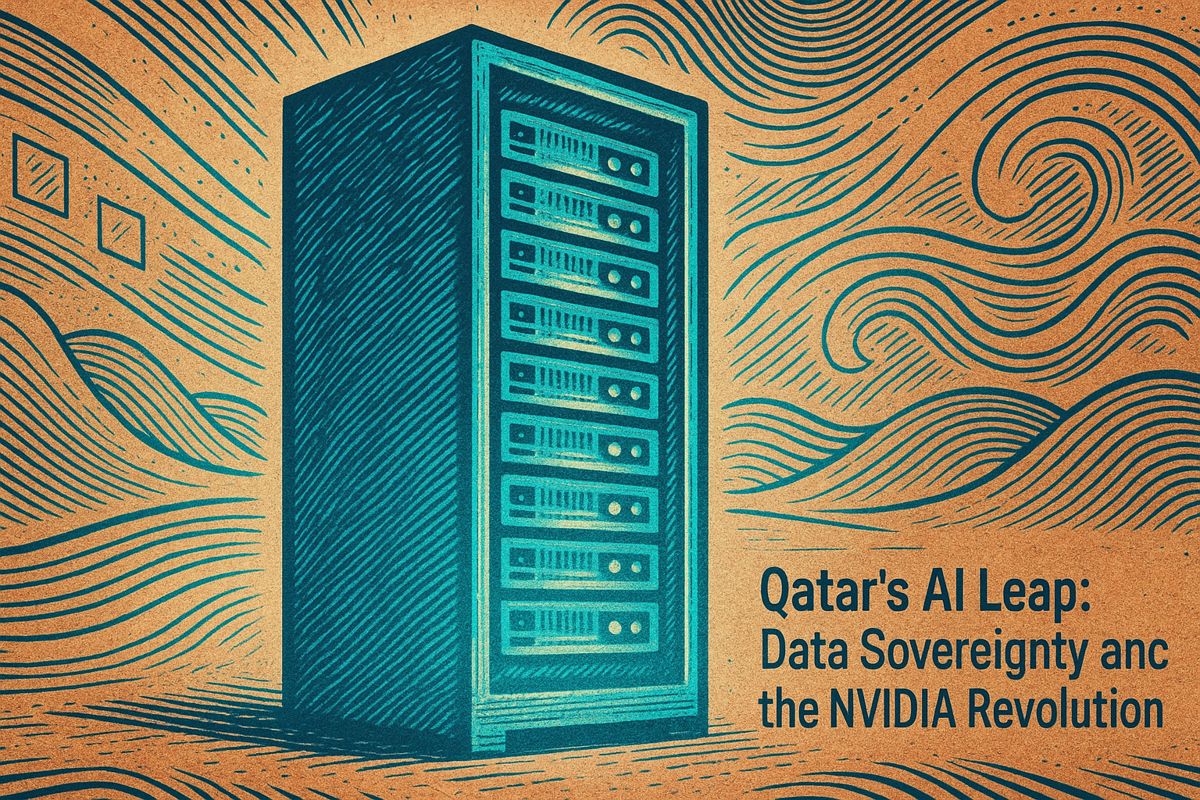Here’s the text with the most important phrase emphasized in markdown bold:
Legacy software is getting a new lease on life through AI-powered modernization, with companies like IgniteTech transforming old systems by injecting smart capabilities and automation. Instead of completely replacing aging technology, they strategically augment existing software with generative AI, digital twins, and intelligent tools that help businesses work more efficiently. Their approach focuses on extending product lifespans, improving workflows, and keeping core systems intact while making them smarter and more responsive. Real-world examples from companies like Pixar and Dun & Bradstreet show that this method can produce tangible results, reducing frustration and increasing productivity. The journey isn’t perfect, but it offers a promising alternative to risky, expensive total system replacements.
Can Legacy Software Be Successfully Modernized Using AI?
Yes, companies like IgniteTech are successfully modernizing legacy software through strategic AI integration, extending product lifespans by injecting new capabilities, automating workflows, and transforming old systems without complete replacement. The key is intelligent augmentation, not wholesale disruption.
The other day, I stumbled across an article that flung me straight back to a fluorescent-lit war room somewhere in Ohio, circa 2012. There, a mid-size company’s IT team was locked in a three-day standoff with a legacy system so ancient, I half-expected someone to find a floppy disk wedged in the server rack. This wasn’t some trivial subsystem – it was the operational backbone. And replacing it? Unthinkable. Too expensive, too fraught with risk. So the team patched and rebooted, their faces bathed in the cold blue glow of error messages. I remember one guy, sweat beading on his brow, muttering, “Are we maintaining tech or resurrecting fossils?” That memory still makes me chuckle, if only because I’ve been there myself – tempted to just pull the plug and run.
But there’s a twist. Fast-forward to today, and I’m seeing a new narrative: IgniteTech’s AI-fueled strategy. Instead of propping up the digital walking dead, they’re promising actual rejuvenation. It’s less Frankenstein’s monster, more Lazarus (if Lazarus came back with Python scripts and a fresh UI). I feel a strange optimism – bordering on skepticism, I’ll admit. Is this just another round of technological snake oil, or have they found a way to breathe real life into old code?
The Sam Parable: Patience, Pandemonium, and Perpetual Upgrades
I sometimes wonder, what if Sam had access to IgniteTech’s AI-powered approach? Would he still be living in crisis mode, or could his team finally focus on progress instead of perpetual firefighting? Self-doubt nags at me: I once recommended a risky upgrade path that made things worse for a week – hindsight’s a fine teacher, isn’t it?
IgniteTech’s aggressive M&A strategy, powered by artificial intelligence, is unlike the asset-stripping we’ve seen from firms like Oracle or CA Technologies. Instead, they buy software like Jive or Gensym and inject new capabilities using generative AI, aiming to extend product lifespans and customer loyalty. Their Netflix-like licensing model – one subscription, access all areas – is a shot of dopamine for procurement teams and a clever gambit for retention. Eric Vaughan, their CEO, has become something of a fixture at GenAI Expo and Financial Times summits, always emphasizing: humans steer, AI assists.
AI CoPilot and Digital Twins: More Than Just Buzzwords
What sets IgniteTech apart? Their AI CoPilot, already working its magic across flagship products like AnswerHub and DNN, feels less like lipstick on a pig and more like an exoskeleton for tired codebases. Imagine, for example, Eloquens AI – it sifts through email noise and composes context-aware replies so employees can finally breathe amid the clang and clatter of endless notifications. I can almost smell the relief of an uncluttered inbox.
Then there’s MyPersonas, a digital twin technology that captures institutional memory in a way that’s both eerie and ingenious. For distributed teams, it’s like stumbling on an oasis in a bureaucratic desert: wisdom, always on tap. StreetSmart AI takes things outside the cubicle, supporting field workers with AR overlays and dispatchers with smart scheduling. These aren’t decorative features; they’re practical tools, as essential as a compass to a sailor.
Of course, I’d be remiss not to mention IgniteTech’s high-profile customers. Pixar, for instance, leverages AnswerHub for RenderMan support, while Dun & Bradstreet uses FirstRain for business intelligence. These aren’t proof-of-concept pilots; they’re operational deployments, producing tangible results such as faster onboarding and deeper sales insights. Isn’t it odd how the right tool can turn the tide from frustration to genuine satisfaction?
The Pragmatic (and Sometimes Messy) Road to Renewal
Certainly, this isn’t a fairy tale of seamless upgrades and instant wins. The transition from legacy pain to AI-driven gain is peppered with second-guessing and the occasional crash. But IgniteTech’s approach is strategic: acquire, infuse with AI, keep the customer, and build value for the long term. When they picked up Khoros for customer engagement or Suuchi Inc. for supply chain optimization, the message was clear – don’t disrupt what works, just make it smarter.
Internally, IgniteTech is putting its money where its mouth is: staffers undergo rigorous upskilling, while internal tools help gauge “AI readiness.” Their vision is as much about cultural transformation as it is about code refactoring. I admit, the skeptic in me still looks for cracks in the edifice. But the evidence is mounting: workflow automation actually working, leads flowing in, hybrid workforces adapting faster. Less time firefighting, more time building.
Can legacy software really be reborn? If IgniteTech’s results hold, the answer may be—finally—yes. Still, I’m left with a lingering sense of awe and a pinch of disbelief. Old habits die hard, after all…

